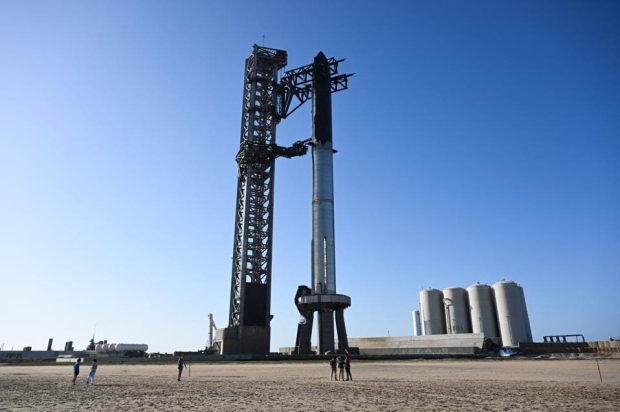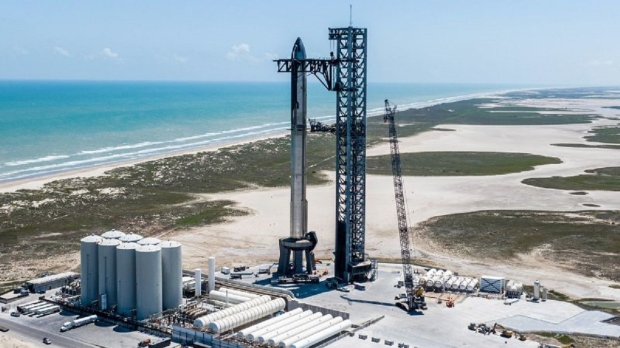SpaceX is gearing up for Starship's second orbital attempt, and it seems there isn't much more to stop the 394-foot rocket from taking flight again, with Elon Musk announcing that SpaceX has checked off many of the requirements preventing Starship from getting launch approval.

It wasn't long ago that Elon Musk announced that SpaceX had completed all development of Starship, which was followed by SpaceX issuing a press release that explained the team has implemented what they learned from the first orbital test flight onto the new Starship.
The first orbital launch attempt occurred on April 20 this year. Starship took to the skies before a fire severed communications with on-ground teams, resulting in the booster failing to separate and Starship beginning to tumble. SpaceX detonated the rocket in mid-air.
Despite the fiery ending, much was learned from the launch, and SpaceX has said they have implemented those changes into the new Starship launch vehicle. So, why hasn't Starship already launched? SpaceX needs to get official approval from the regulators of the skies, the Federal Aviation Administration (FAA).
The regulatory body conducted an investigation into the first orbital, and that was finalized on September 8. The FAA gave SpaceX a checklist of the required changes that must be made to "prevent mishap reoccurrence," FAA officials said in an emailed statement. Now, Elon Musk has announced that SpaceX has completed 57 of the 63 issued requirements for the company to be granted a license to fly again, with Musk writing in an X post, "Worth noting that 6 of the 63 items refer to later flights."
It seems there is now very little that is now preventing Starship from getting off the ground again. If I were to guess when the next launch attempt will be, I'd say anywhere from weeks to a few months. Starship will take to the skies once again before the end of the year.
So, what is the goal of the second orbital attempt? Basically, it's the same objective as the first orbital attempt, which is to get Starship's upper stage separated from the Super Heavy Booster and placed in Earth's orbit, where it will then travel around the globe and splash down off the coast of Hawaii. It should be noted that the SpaceX team and Elon Musk weren't necessarily surprised when Starship had to be detonated.
- Read more: Elon Musk confirms Starship is ready for its next launch, but there's one thing stopping it
In fact, Elon Musk said leading up to the launch that there was a big likelihood that Starship could just blow up on the launch pad. SpaceX was surprised that it even got off the launch pad, and was even happier with the world's most powerful and largest rocket reaching an altitude of 24 miles. Doing something that has never been done before requires failure, and looking at SpaceX's history, the company is very familiar with it. However, once it's achieved, marvels such as the Falcon 9 and Falcon Heavy are made.
The only difference with Starship is that Earth would have unlocked viable means of transportation to the moon and Mars, enabling civilization to unlock the title of the first known multi-planet species.



